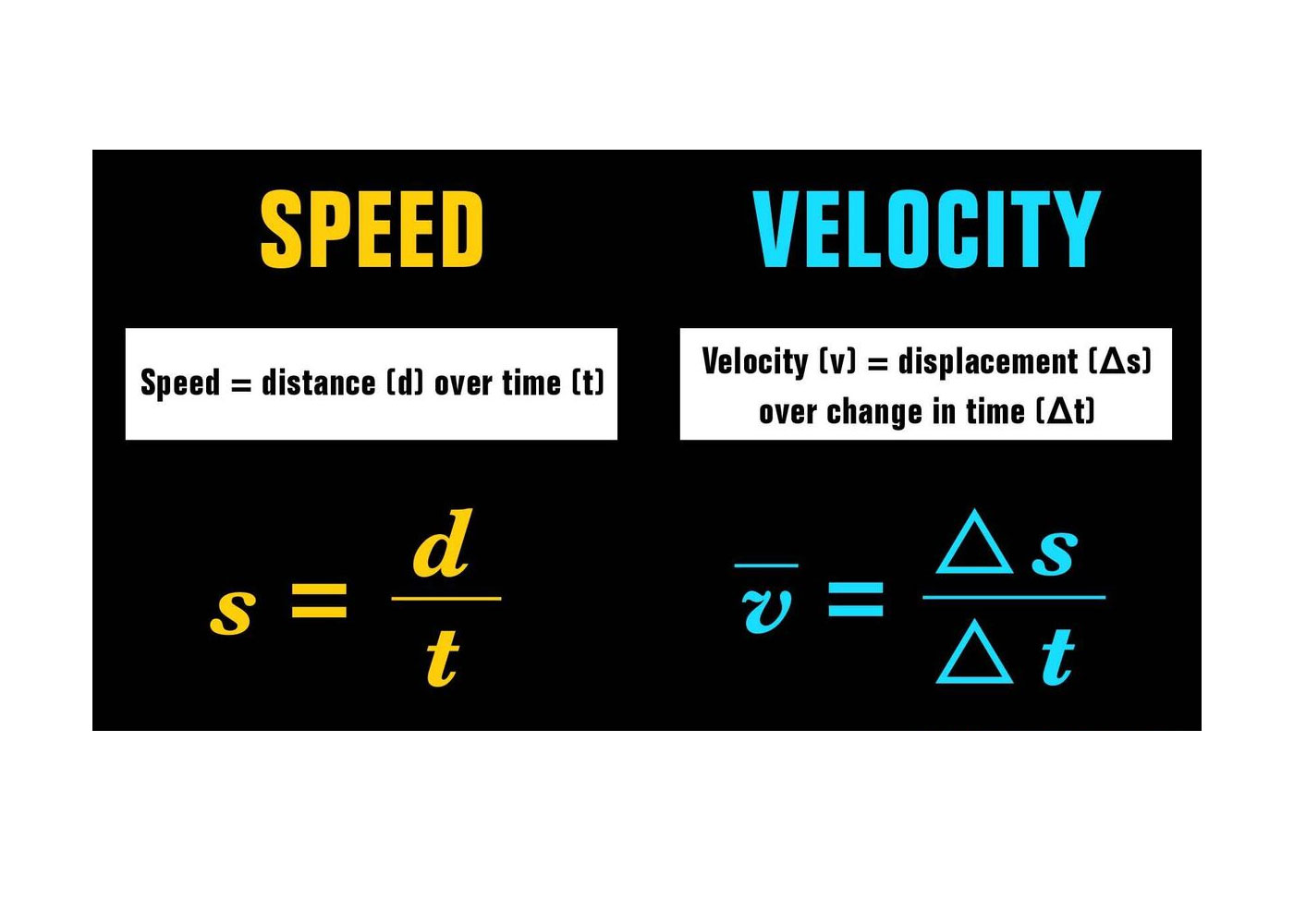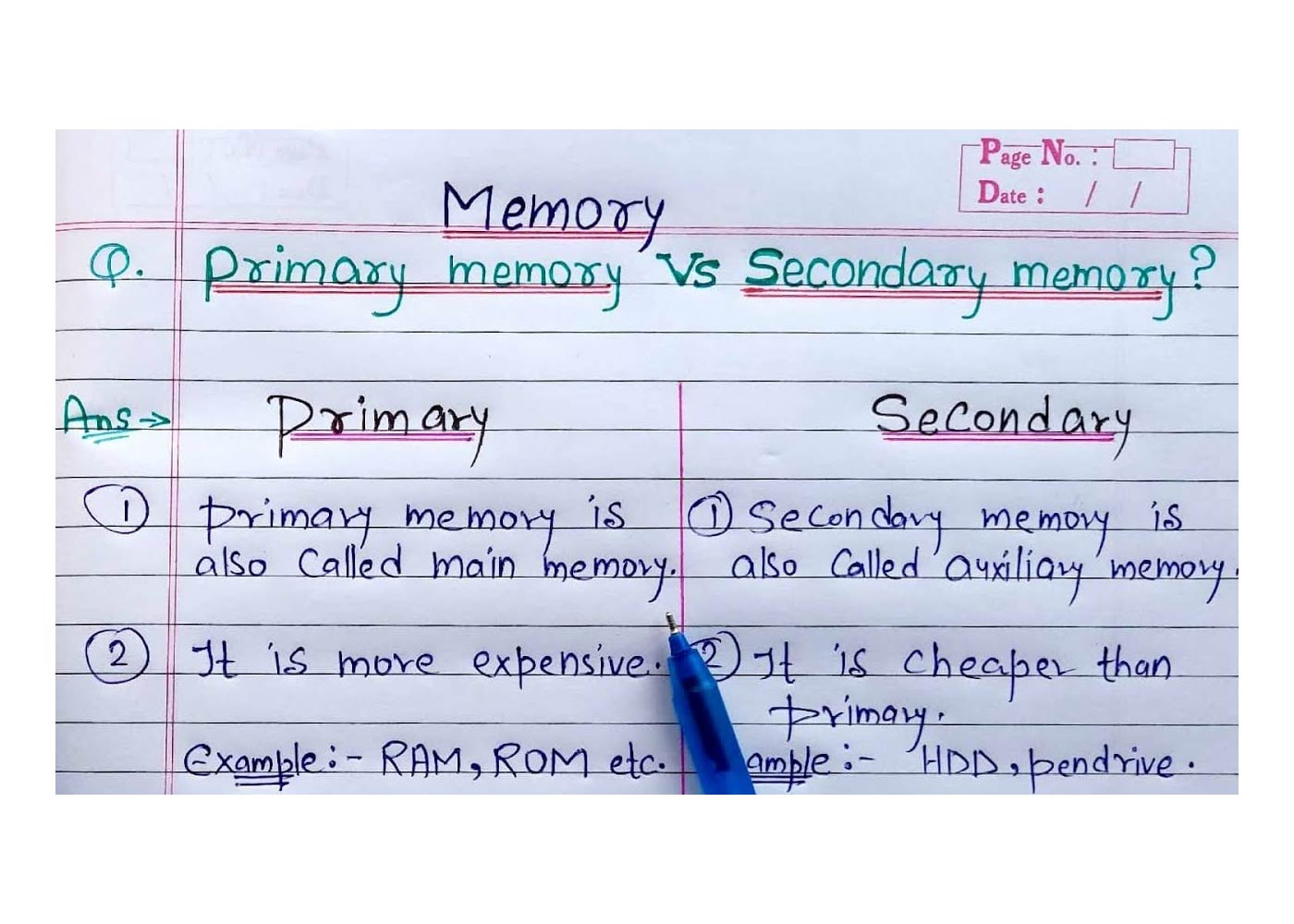Introduction:
Have you ever wondered why race cars zoom around the track,
while airplanes soar gracefully through the sky? Or why a cricket ball can be
hit with such incredible force, yet a gentle breeze can barely move a leaf? The
secret lies in understanding the concepts of speed and velocity, two
fundamental aspects of motion. In this captivating blog post, we will embark on
a thrilling journey to explore the captivating differences between speed and
velocity. Prepare to be enlightened and amazed!
Section 1: Unveiling the Speed
Imagine a fearless cheetah sprinting across the vast African
savannah. Its graceful movements, lightning-fast reflexes, and effortless speed
make it the undisputed champion of land animals. But what exactly is speed?
1.1 Definition of Speed: Speed refers to how quickly an
object covers distance. It is a scalar quantity, representing the magnitude of
motion without any consideration for the direction. In simpler terms, speed
answers the question: "How fast is an object moving?"
1.2 Examples of Speed: Let's dive into some examples to
better understand the concept of speed:
- A sports car racing down the highway at 100 miles per
hour.
- A runner completing a marathon in 2 hours and 30 minutes.
- A bullet fired from a gun traveling at incredible speeds.
Section 2: Unleashing the Power of Velocity
Now, let's shift our focus from speed to velocity. While
speed deals with the magnitude of motion, velocity takes into account both the
speed and direction of an object. Buckle up and let's explore the world of velocity!
2.1 Definition of Velocity: Velocity is a vector quantity
that encompasses both speed and direction. It answers the question: "How
fast is an object moving, and in what direction?" Velocity provides a more
comprehensive understanding of an object's motion by considering the magnitude
and orientation.
2.2 Examples of Velocity: To truly grasp the concept of
velocity, let's explore some intriguing examples:
- An airplane traveling at 500 miles per hour due north.
- A cyclist riding at 15 miles per hour eastward.
- A river flowing at 10 kilometers per hour towards the
south.
Section 3: Key Differences Between Speed and Velocity
Now that we comprehend the individual definitions and
examples of speed and velocity, let's unravel the crucial disparities that set them
apart.
3.1 Directionality: One of the primary distinctions between
speed and velocity lies in their consideration of direction. Speed solely
focuses on the magnitude of motion, while velocity takes into account both
magnitude and direction. Velocity adds a new layer of information that enables
us to understand the complete picture of an object's movement.
3.2 Scalars vs. Vectors: As mentioned earlier, speed is a
scalar quantity, whereas velocity is a vector quantity. Scalars only have
magnitude, while vectors possess both magnitude and direction. It is the vector
nature of velocity that sets it apart from the scalar nature of speed.
3.3 Time Frames: Another noteworthy difference is that speed
is calculated over a specific interval, while velocity takes into account both
distance and time. Velocity requires a reference to the displacement of an
object, considering the starting and ending points.
Section 4: Frequently Asked Questions (FAQ)
To further clarify any lingering doubts, let's address some
common questions about speed and velocity.
Q1: Can an object have speed without velocity?
A1: Yes, an
object can have speed without velocity if its motion lacks a specific
direction. For example, a spinning top may have a constant speed, but since its
direction keeps changing, it has no velocity.
Q2: Can an object have velocity without speed?
A2: No,
velocity always includes speed. Since velocity is a vector quantity that
encompasses both magnitude and direction, speed is an inherent component.
Q3: Are speed and velocity always the same?
A3: No, speed
and velocity can differ significantly. An object can have a constant speed but
change its direction, resulting in a change in velocity.
Conclusion:
Speed and velocity, though seemingly similar, have distinct
characteristics that set them apart. While speed measures the magnitude of
motion, velocity delves deeper by considering both speed and direction.
Understanding these fundamental concepts is crucial in various fields, from
physics and sports to transportation and engineering. So, the next time you
witness a swift sprinter or a soaring rocket, ponder the difference between
speed and velocity, and marvel at the wonders of motion!
If you wish to contribute to our blog, please email us on morhadotsan@gmail.com.























